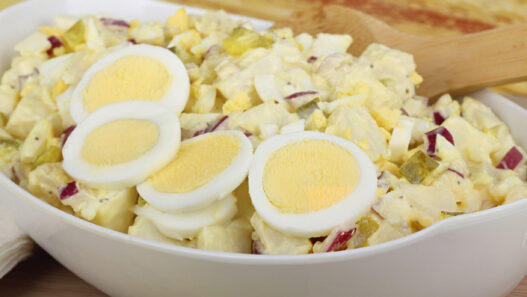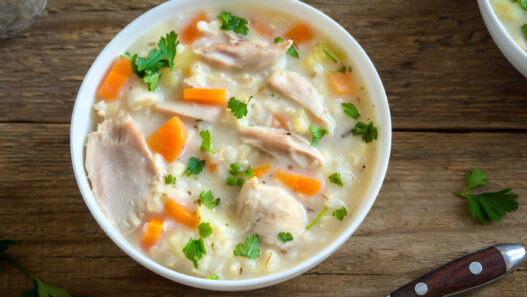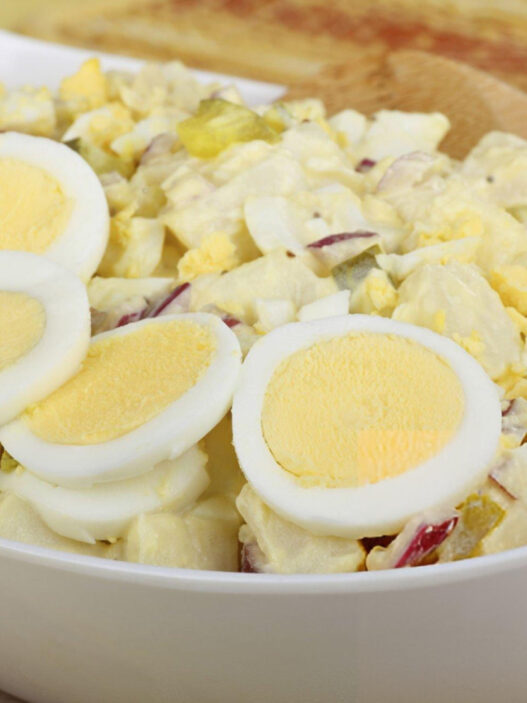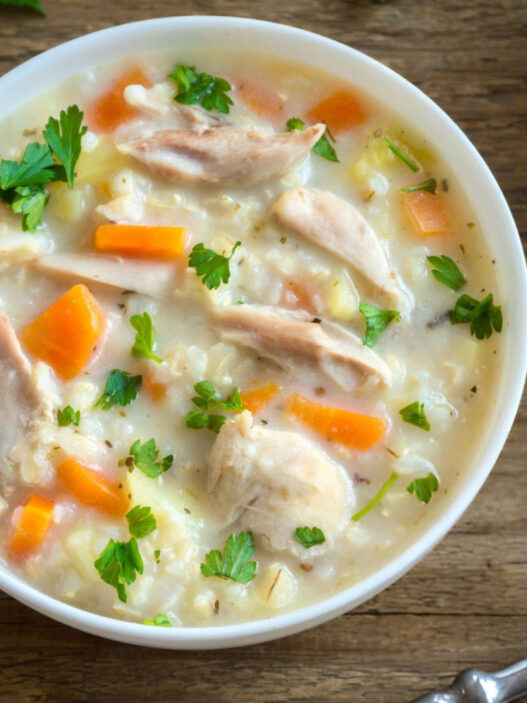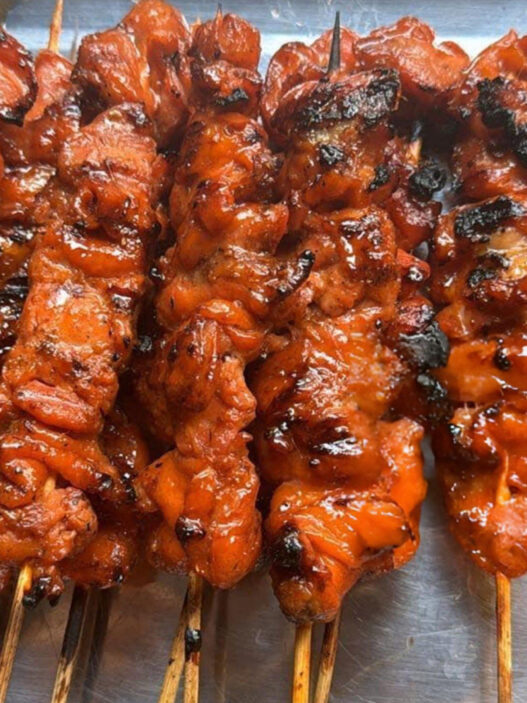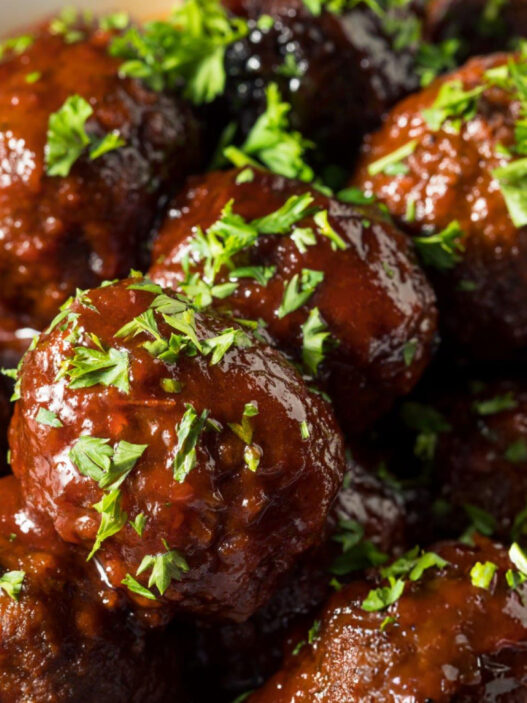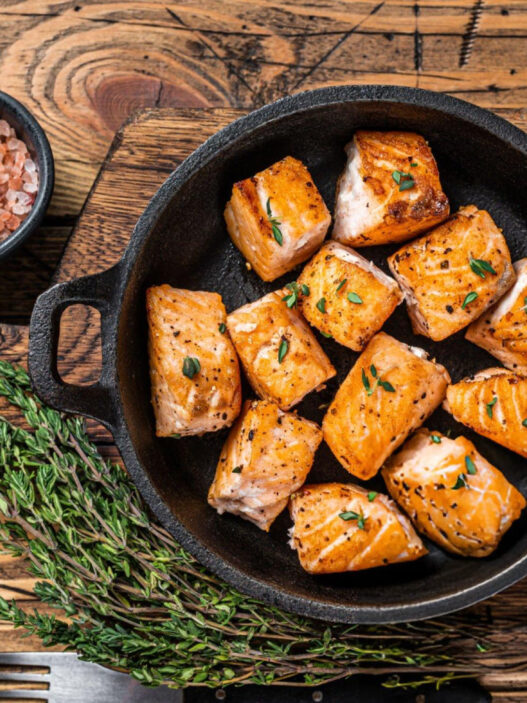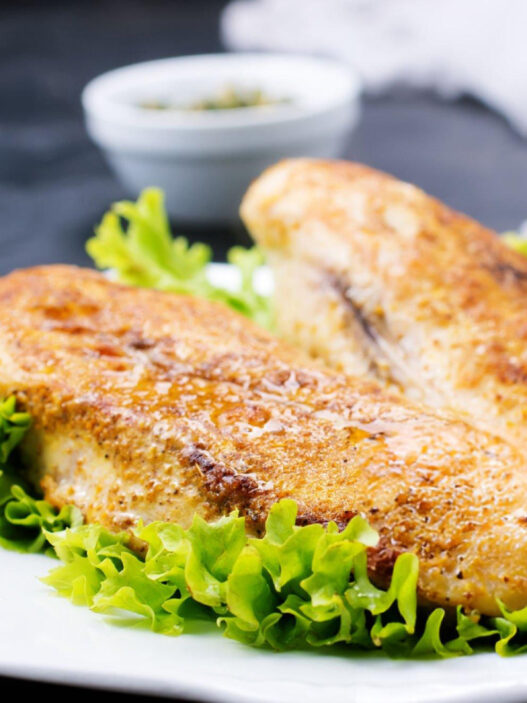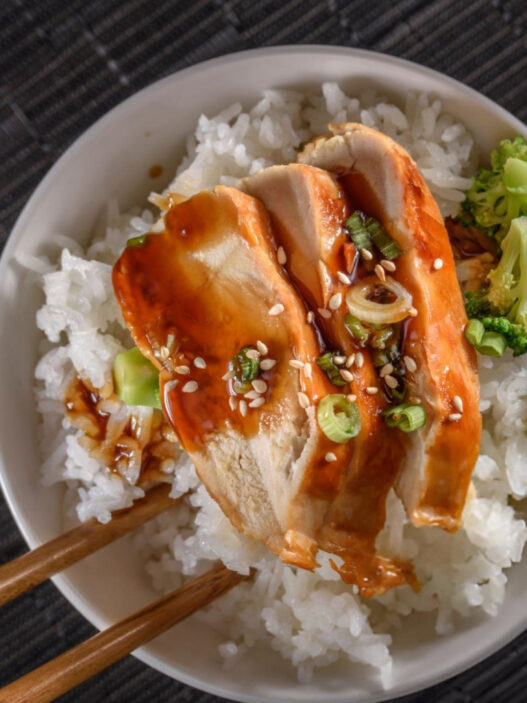A visually striking and nutrient-rich grain, black rice is known for its deep, dark hue and subtle nutty flavor. This ancient grain offers a pleasantly chewy texture, making it an excellent choice for a wide range of dishes. Whether served as a side or used as a base for more complex meals, black rice brings both elegance and depth to the table. Simple to prepare yet rich in complexity, it absorbs flavors beautifully while maintaining its distinct character.
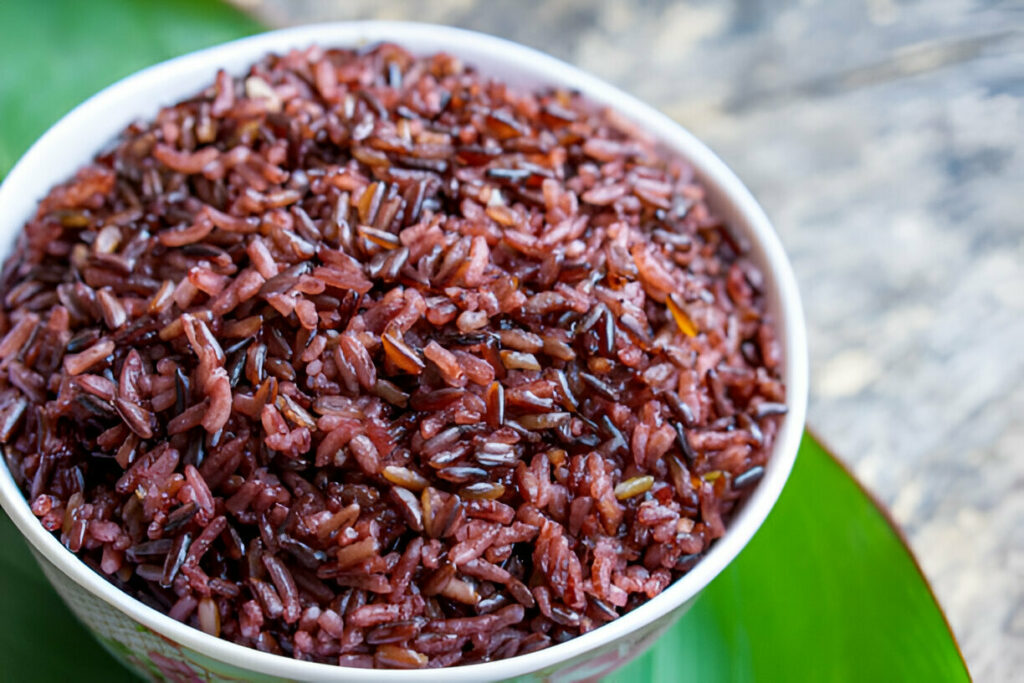
Ingredient Breakdown
High-quality black rice ensures a naturally robust flavor and an ideal chewy consistency. When selecting black rice, opting for unprocessed varieties guarantees the best taste and nutritional benefits. Water plays a crucial role in achieving the perfect texture, and maintaining the right water-to-rice ratio is essential for evenly cooked grains. Too little water results in undercooked rice, while too much can make the grains overly soft.
Step-by-Step Preparation Guide
Boiling the Water
To achieve the best results, water should be brought to a vigorous rolling boil before adding the black rice. This step ensures that the grains cook evenly from the start. Using a heavy-bottomed saucepan is recommended, as it distributes heat more consistently and prevents the rice from scorching at the bottom.
Cooking the Black Rice
Once the water is boiling, adding the black rice and stirring briefly helps distribute the grains evenly. Unlike white rice, black rice requires a longer cooking time and benefits from being left uncovered during the process. Allowing the rice to cook without a lid ensures gradual water absorption and prevents excessive steaming, which could alter the desired texture.
Resting for Optimal Texture
After the rice has absorbed most of the water, turning off the heat and covering the saucepan allows the grains to settle and soften. This resting period is essential for moisture redistribution, creating a well-balanced texture that is tender yet maintains its signature chewiness. Allowing the rice to sit undisturbed for at least five minutes helps achieve a more cohesive consistency.
Fluffing and Serving
Once the rice has fully rested, fluffing it with a fork helps separate the grains and release excess steam. This step ensures that the rice maintains its light and airy texture rather than becoming overly dense. Allowing the rice to cool slightly before serving enhances its texture, making it the perfect foundation for various accompaniments.
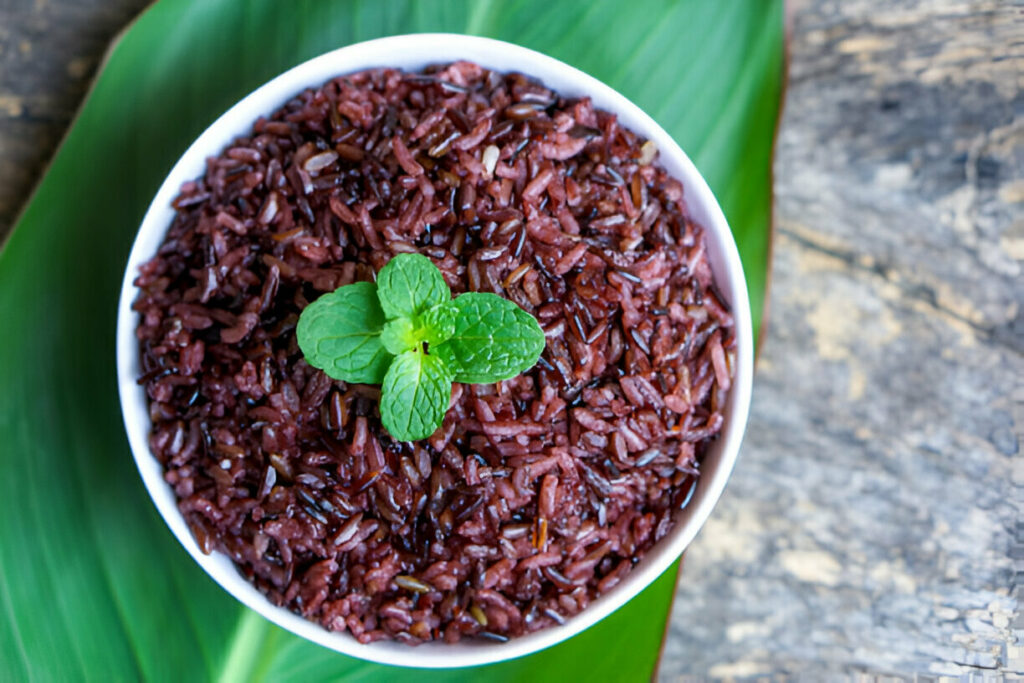
Recipe Tips & Frequently Asked Questions
The importance of rinsing or soaking black rice before cooking:
Rinsing removes excess starch, preventing stickiness. Soaking can reduce cooking time and improve texture.
Adjusting the water ratio for softer or firmer rice:
Use slightly more water for a softer consistency and less for a firmer bite.
How to prevent the rice from sticking to the pot:
Stir briefly after adding the rice and avoid excessive stirring while cooking.
Tips for making black rice in a rice cooker or Instant Pot:
Follow the manufacturer’s recommended water ratio and cooking settings for optimal results.
Can I use broth instead of water for added flavor?
Yes, substituting water with vegetable or chicken broth enhances the rice’s depth of flavor.
How do I store and reheat leftover black rice?
Store in an airtight container in the refrigerator and reheat with a splash of water to restore moisture.
Can I cook black rice in a rice cooker or pressure cooker?
Absolutely! Adjust the water ratio accordingly and follow the appliance’s cooking instructions.
How do I know when the rice is perfectly cooked?
The grains should be tender yet slightly firm, with a chewy texture that holds its shape.
What to Serve With This Recipe
Black rice pairs wonderfully with protein-rich options such as grilled fish, tofu, or roasted chicken. Its earthy undertones complement bright, citrus-based sauces, enhancing the overall dish. Vegetables like roasted bell peppers, sautéed mushrooms, or steamed greens create a balanced plate, while light dressings with sesame oil or ginger provide an extra layer of flavor.
Black rice is a fantastic addition to any meal, bringing a unique combination of flavor, texture, and visual appeal. Its adaptability allows for a wide range of serving options, making it a staple ingredient for those who enjoy experimenting with different flavors. With its simple yet effective cooking method, black rice delivers consistently satisfying results that can be tailored to suit various culinary preferences.
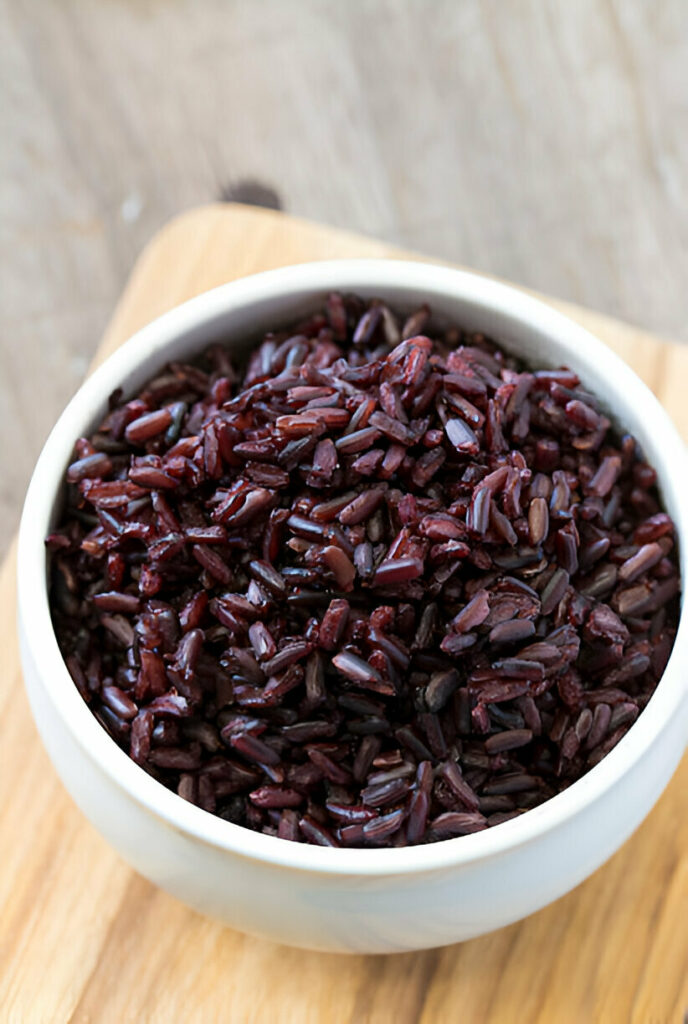
Ingredients
2 1/2 cups water
1 cup black rice, dry
Instructions
Pour the water into a small saucepan and bring it to a rolling boil over medium-high heat. Once the water reaches a vigorous boil, add the black rice, stirring briefly to ensure even distribution. Allow the rice to cook uncovered for approximately 16 minutes, during which most of the liquid will gradually absorb.
After the cooking time has elapsed, turn off the heat and immediately cover the saucepan with a lid. Let the rice sit undisturbed for about 5 minutes, allowing any remaining moisture to be absorbed and the grains to reach a tender yet slightly chewy texture. Fluff with a fork before serving.
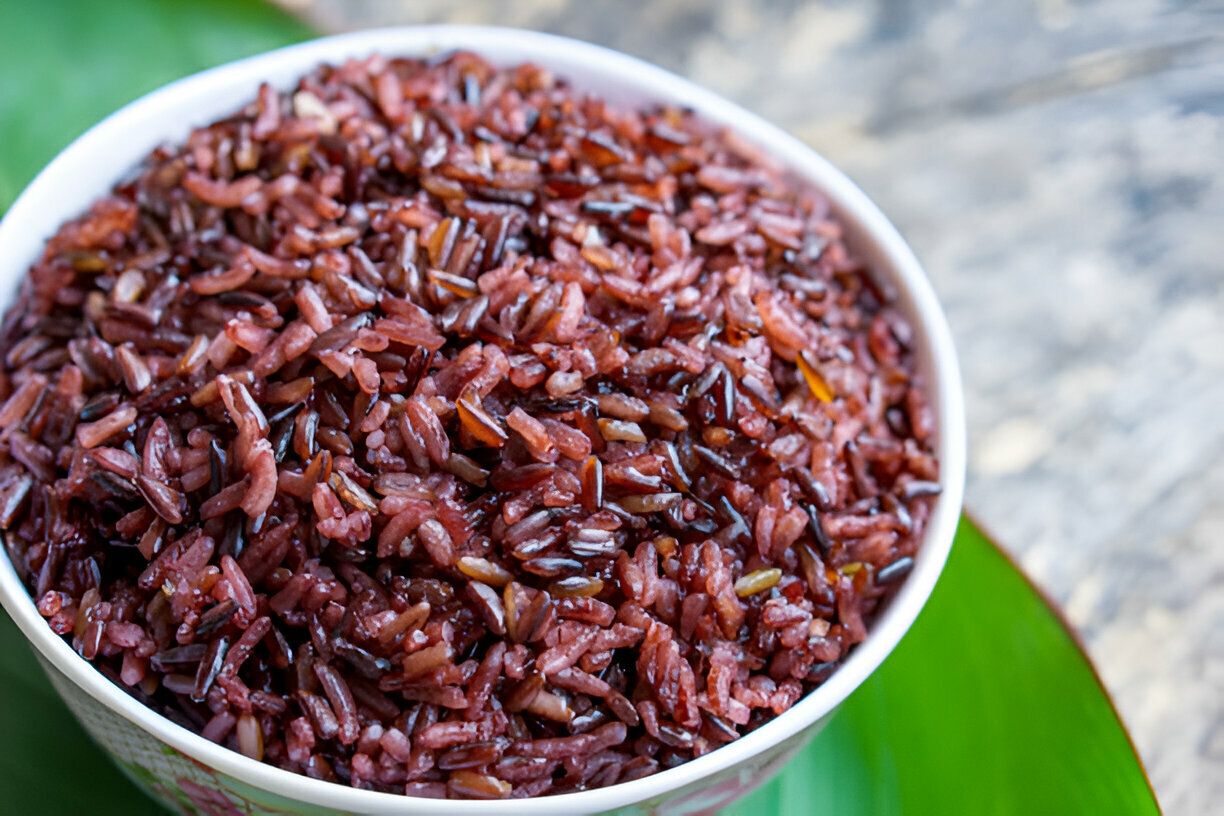
Forbidden Black Rice Recipe
Ingredients
- 2 1/2 cups water
- 1 cup black rice dry
Instructions
- Pour the water into a small saucepan and bring it to a rolling boil over medium-high heat. Once the water reaches a vigorous boil, add the black rice, stirring briefly to ensure even distribution. Allow the rice to cook uncovered for approximately 16 minutes, during which most of the liquid will gradually absorb.
- After the cooking time has elapsed, turn off the heat and immediately cover the saucepan with a lid. Let the rice sit undisturbed for about 5 minutes, allowing any remaining moisture to be absorbed and the grains to reach a tender yet slightly chewy texture. Fluff with a fork before serving.

